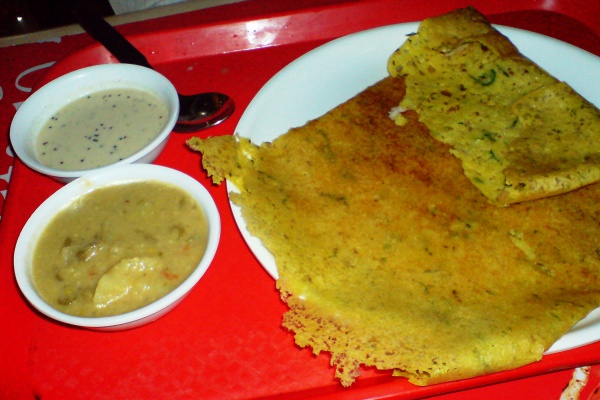Facts About Rava dosa
Dosa, a cherished South Indian delicacy, is essentially a thin, crispy rice pancake crafted from a fermented batter of rice and black gram (urad dal). Although it is a staple in South Indian cuisine, its popularity has transcended regional boundaries, spreading across the entire Indian subcontinent. Traditionally, dosas are served hot, accompanied by sambar and a variety of chutneys.
The origins of dosa can be traced back to ancient South India, with references found in early Tamil literature. Over the years, the recipe has undergone evolution, varying in thickness and crispiness. It gained widespread popularity in North India following the country's independence.
Nutritionally, dosas are rich in carbohydrates and protein, thanks to the rice and black gram. The fermentation process also enhances the batter's vitamin B and vitamin C content. To make dosas, you grind soaked rice and black gram into a smooth batter, allow it to ferment overnight, and then cook it on a hot griddle. They can be enjoyed plain or stuffed with delicious fillings like spiced potato masala.
Dosas are often paired with side dishes such as sambar, various chutneys, idli podi (a spiced powder), and pickles. There are numerous variations to explore, including masala dosa, Mysore masala dosa, and rava dosa. Modern twists like Chinese dosa and cheese dosa also exist.
Similar dishes include uttapam, pesarattu, adai, appam, chakuli pitha, apam balik, jianbing, bánh xèo, and chebab. With its rich history and countless variations, dosa remains a versatile and beloved dish enjoyed by many.

 India
India